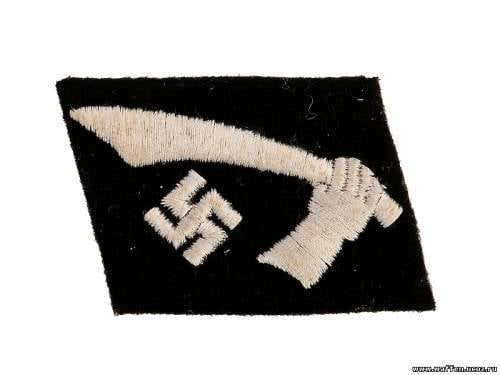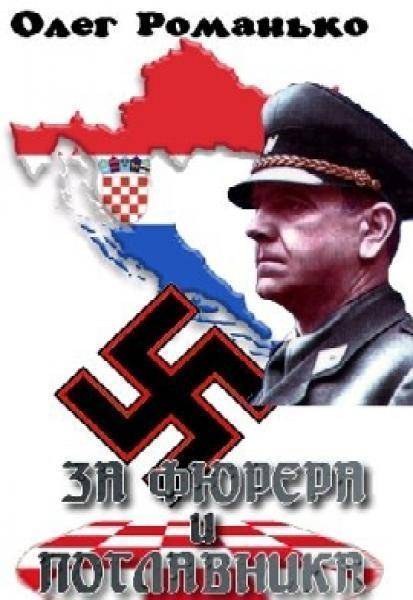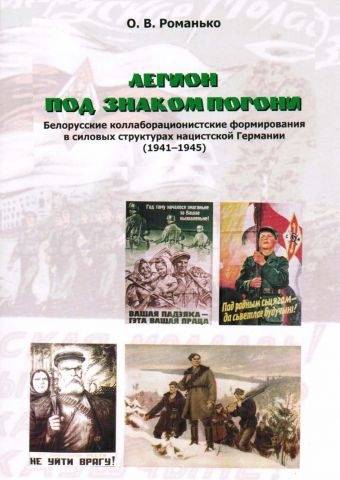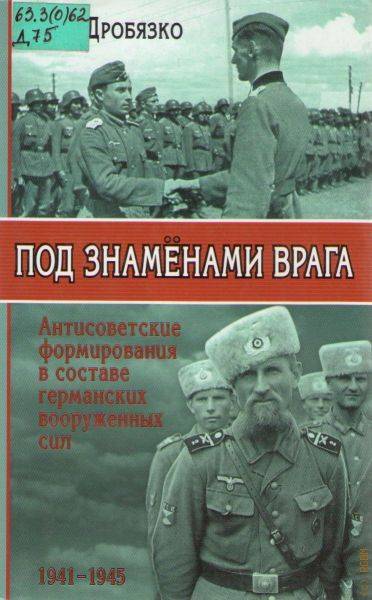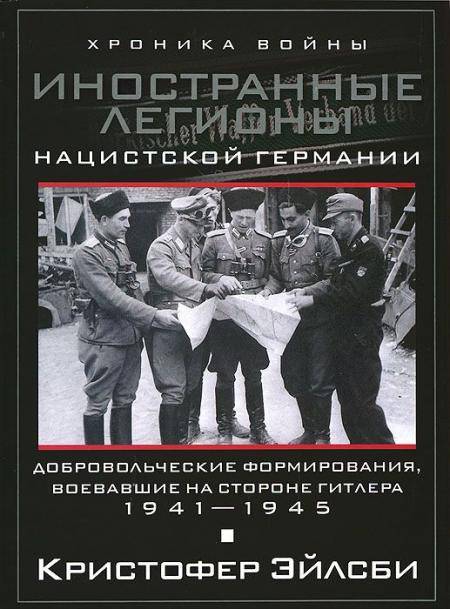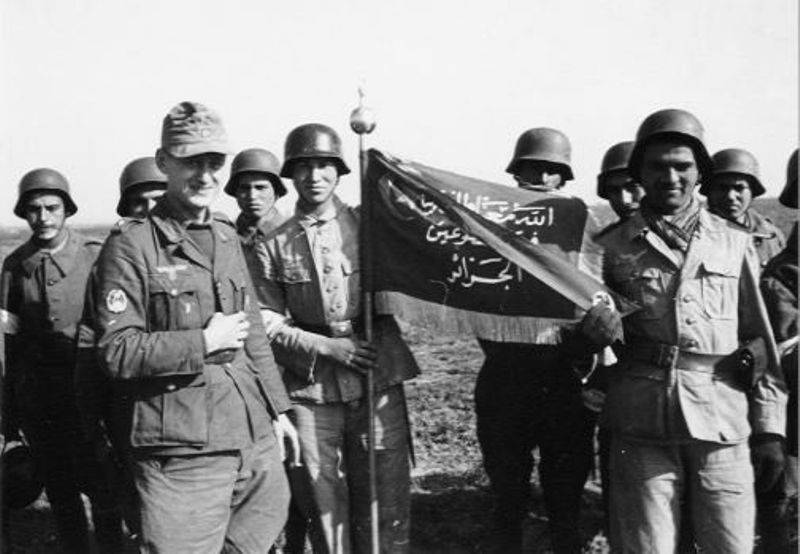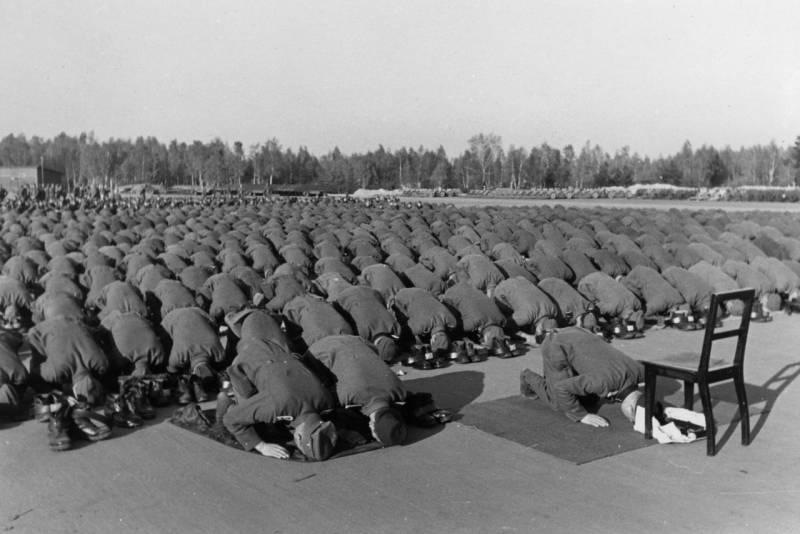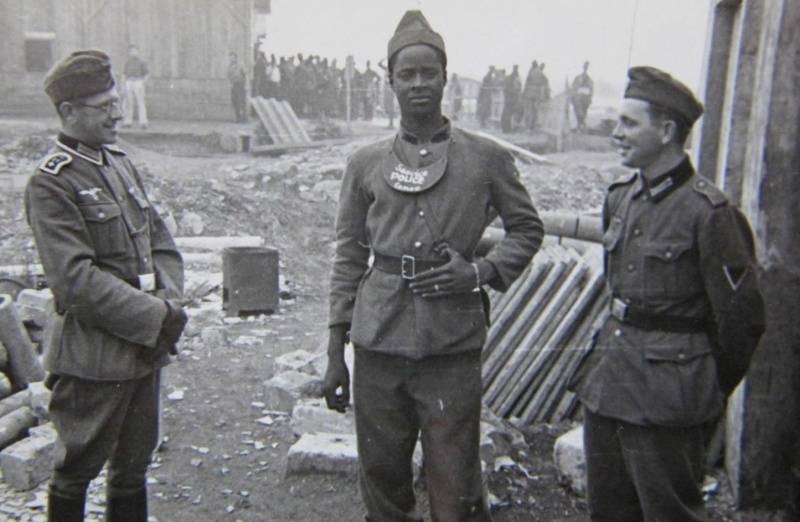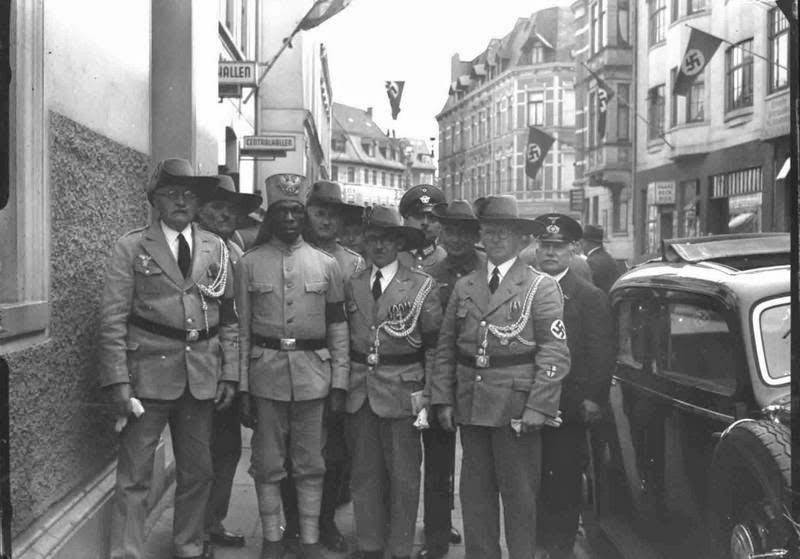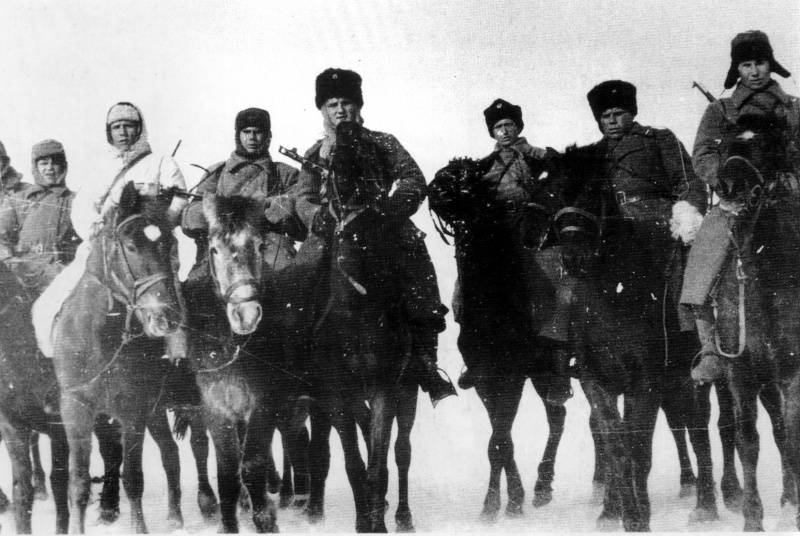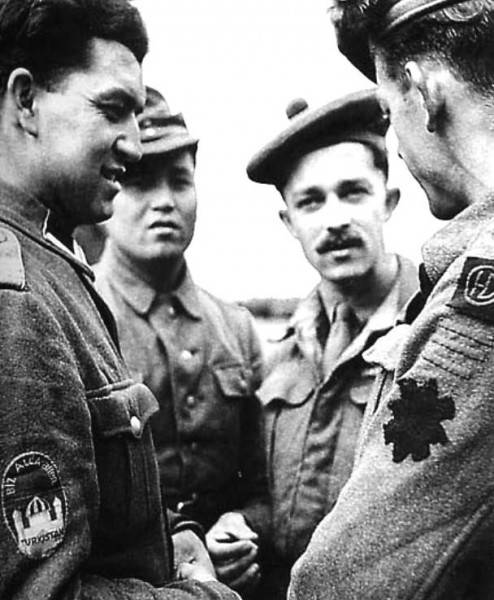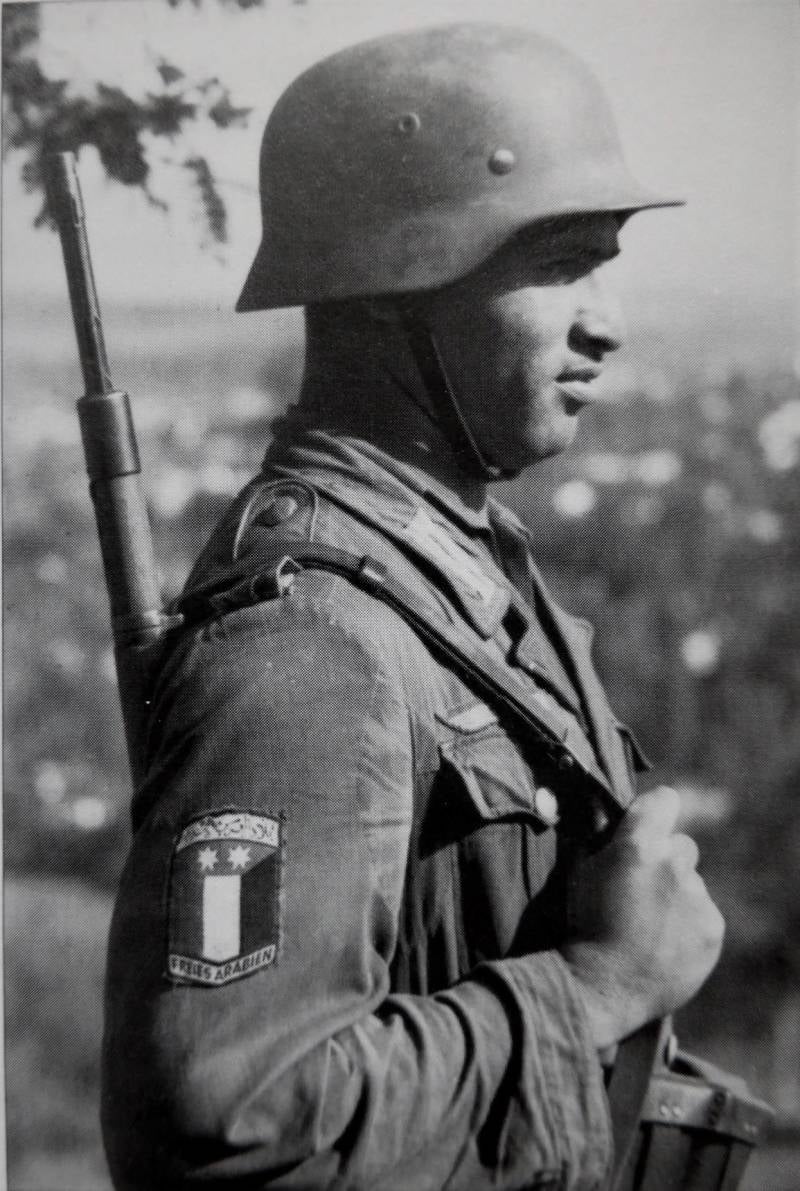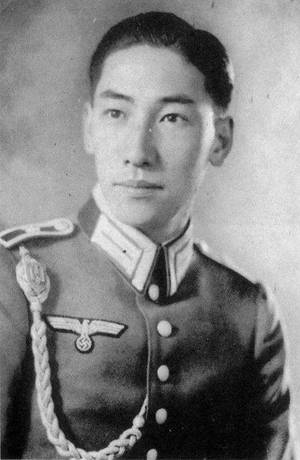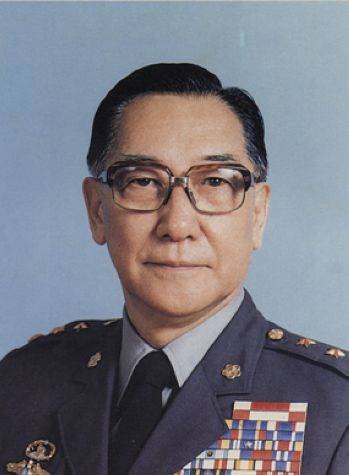"I was compelled to write this article by the following photograph:


It’s a famous photo. Georgia, August 8, 2008. After the
Georgian army’s defeat, its retreating forces regrouped and decided to return
to Gori, but encountered a Russian checkpoint.
One can see on the photo how a Russian Army soldier, with a
machine gun slung over his shoulder, stands in the path of Georgia’s motorized
infantry, whose officers threatened the machine-gunner in order to force him to
let them pass, only to hear “go f*** yourselves” in response. Members of the
media accompanying the column also tried to reason with the machine-gunner,
only to receive the same response. In the end the column turned around and returned
to whence it came. Foreign journalists later published an article with the
title “You don’t need 300, one is enough.”

What was the soldier thinking? What did he feel at that
moment? Was he not terrified? He probably was. Or maybe he was not hoping to
have children and grandchildren, or to live a long happy life. Of course he
hoped to.
Can you imagine a NATO soldier standing like that, with a
machine-gun against an enemy column?
I can’t. They value their lives too much. So what makes us
so? Why are we Russians different?
And why do foreigners consider us unpredictable madmen?
Photographs from other places visited by our soldiers
flashed before my eyes. The Slatina airport, the famous forced march of our
paratroopers into Pristina, to help our brothers, the Serbs.
200 Russian paratroops against NATO soldiers. What did they
feel, standing face to face with superior opposing forces? I think they felt
what our little soldier in Georgia did.
Donbass, Novorossia, 2014. Aleksandr Skriabin died as a
hero, attacking a tank with grenades. He was 54 years old, he worked at the
Talovsk coal mine as an equipment installer. He left behind a wife and two
daughters.
Were his feelings really any different from those
experienced by Aleksandr Matrosov, who covered the firing port of a German
pillbox with his own body?
The core of the matter lies not in fearlessness, or
indifference to what’s most valuable to us—our own lives. Then in what? I
started to look for answers.
Is there another nation which loves life and everything
related to it as desperately?
We live with open souls, with a hussar’s panache. We are the
ones to invite Gypsies and bears to weddings. It is us who are able to spend the
last of our money to throw a celebration, generously feed all the guests, and
wake up the next morning without a penny to our names. We can live as if every day in our lives was
the last. And there will be no tomorrow. There is only today.
All of our poems and songs are overflowing with love for
life, but only we know how to listen to them and cry.
Only our people has sayings like: “If you want to fall in
love, fall in love with a queen, if you want to steal, steal a million,” “who
doesn’t risk, doesn’t drink Champagne.” It’s the desire to drink from the cup
of life until it is empty, experience everything that can be experienced.
Then why do we, Russians, are able to part with life so
easily when looking the enemy in the eye?
It’s laid down in our historical memory, starting with the
time when the first aggressor set foot on our Russian soil. It has always been
like that. Since the beginning of time.
Only the chainmail and the helmets are different, spears
have been replaced by assault rifles. We have tanks and we have learned to fly.
But the memory remains the same. And it is activated whenever someone wants to
destroy or capture our home. The memory also bothers us when the weak are
abused.
How does it work? Alarm bells inside of us start ringing,
which only we can hear. The memory continues to ring until the uninvited guests
are expelled from our land.
Then the most important thing happens. Inside each one of us
a warrior awakens. Every one, from the meek to the powerful. This is what ties
us with invisible threads. Foreigners will not understand it. You have to BE
Russian, be BORN one.
When our land is in danger, or when somewhere on Earth
someone is being harmed, be in in Angola, Vietnam, or Ossetia, our snipers become
the most accurate and tankers—fireproof. Pilots become aces and recall such
unlikely feats as ramming attacks and stall tactics. Our reconnaissance
soldiers accomplish miracles, sailors become unsinkable, and infantry appears to
be composed of stalwart lead soldiers.
And every Russian, without exception, becomes a defender.
Even the oldest of men and the youngest of children. Recall the grandpa from
Novorossia, who fed the enemy with a jar of honey filled with explosive. That’s
a real story. We have a country full of such warriors.
Therefore anyone who expects to attack the Russians and to
find them waiting on bent knees, welcoming the invaders with loaves of bread
and flowers, will be sorely disappointed. They will see an entirely different
picture. I don’t think they will like it.
They will see our grandfathers, fathers, husbands, and
brothers. Behind them will be their mothers, wives, daughters. And behind them
will be the heroes of Afghanistan and Chechnya, the soldiers of the Great
Patriotic War and the First World War, the fighters from Kulikovo Field and the
Battle on the Ice.
Because we are Russians…God is with us!

Respected aleksa_piter wrote the following remarkable words:
“Let’s look at Bubnov’s painting “The Morning on the
Kulikovo Field.” Note the formation of the Russian regiments: the front rows
consist of elders, behind them are the younger generations, the young, healthy,
and strong warriors who represent the army’s main force. It’s an ancient,
Scythian combat order, a brilliant conception from the psychological point of
view. The first rows will be the first to perish when making contact with the
enemy, one might say they are suicide warriors since they are wearing white shirts
and have almost no armor. That’s where the saying “don’t get ahead of your dad
on the way to hell” comes from.
The elders are supposed to die before the eyes of their
grandsons, the fathers before the eyes of their sons, and their death will fill
the hearts of the young with battle frenzy, adding the element of personal
revenge. The word “revenge” [mest’] comes from the word “place” [mesto], it’s a
purely military term describing the young warrior taking place in formation
that was left empty by the killed elder.”
https://www.fort-russ.com/2015/04/why-russians-cannot-be-defeated/
https://twitter.com/marcelsardo/status/922515955330224129?lang=en








